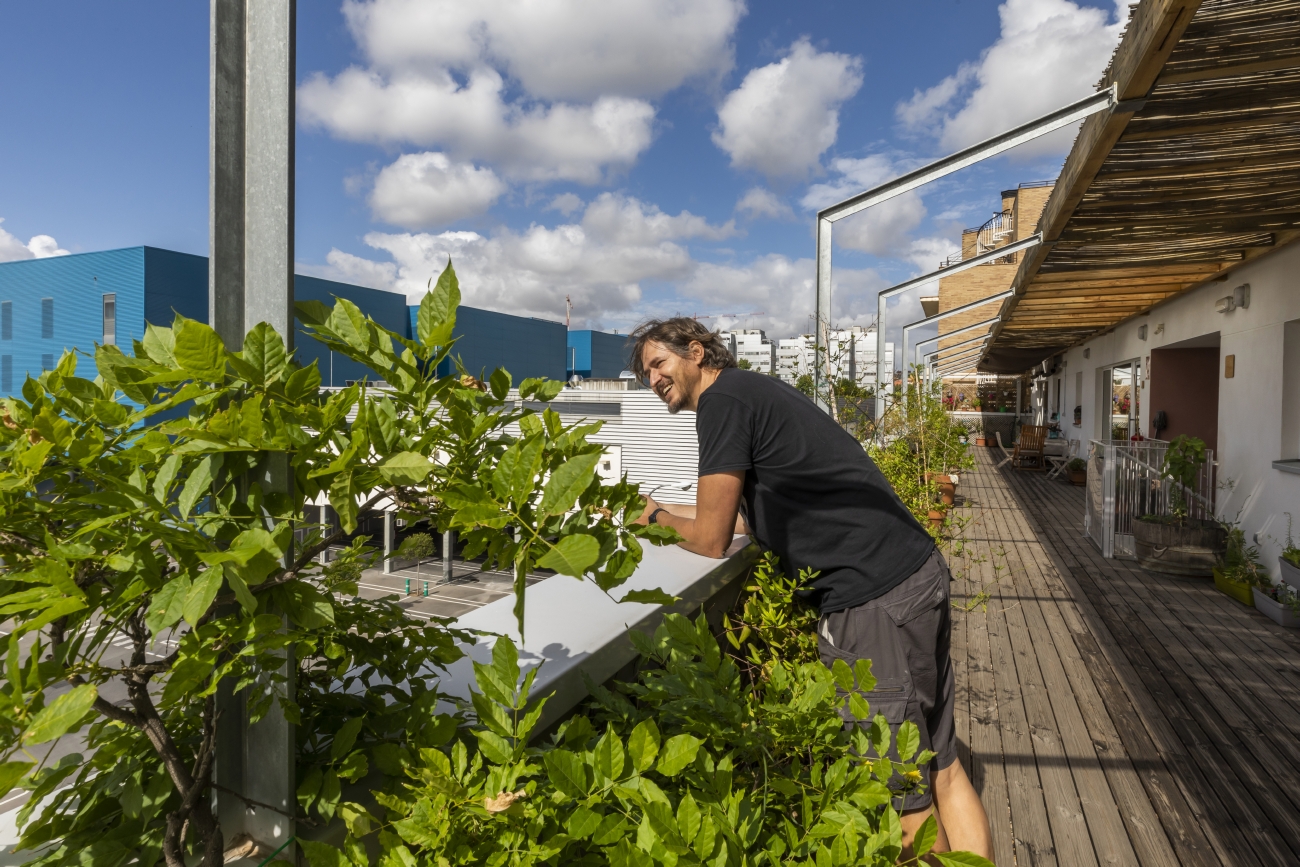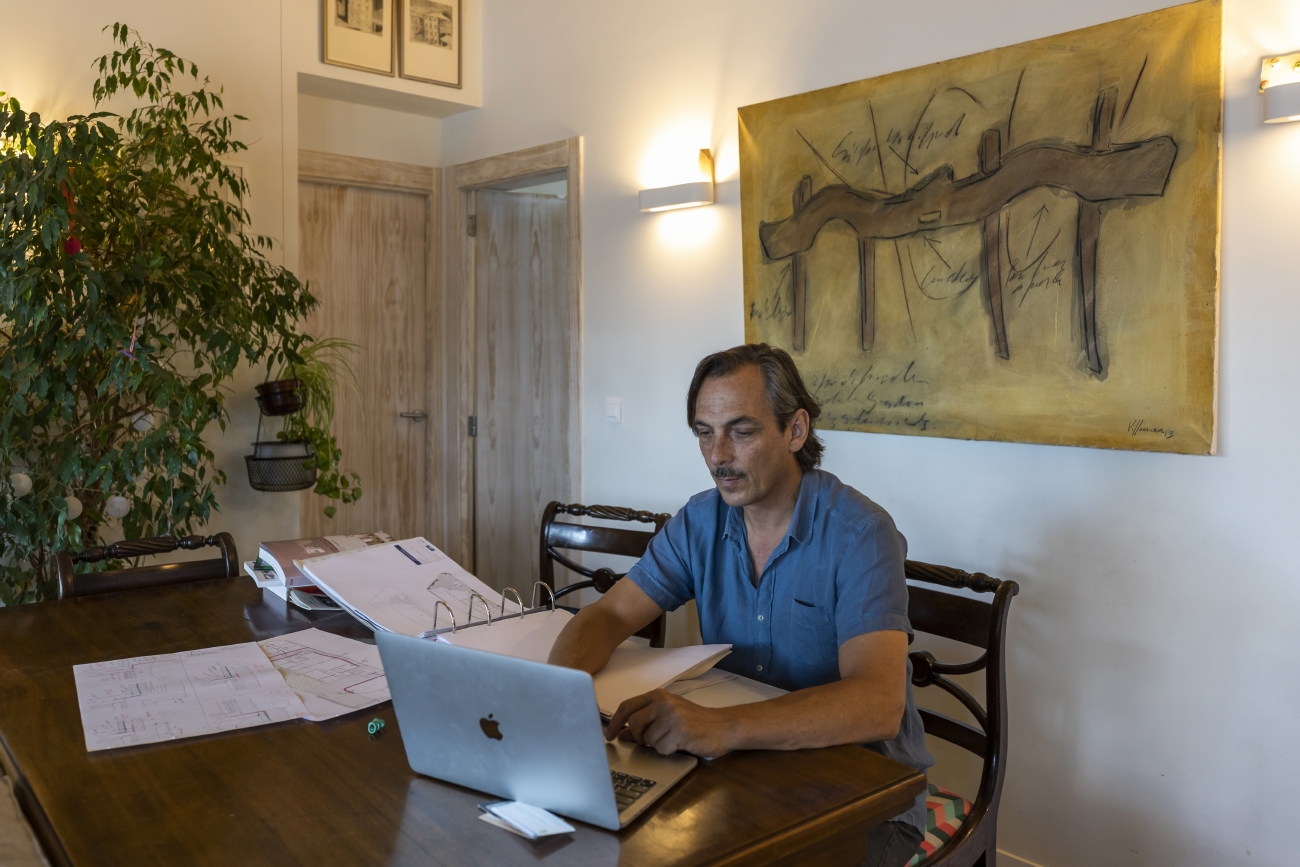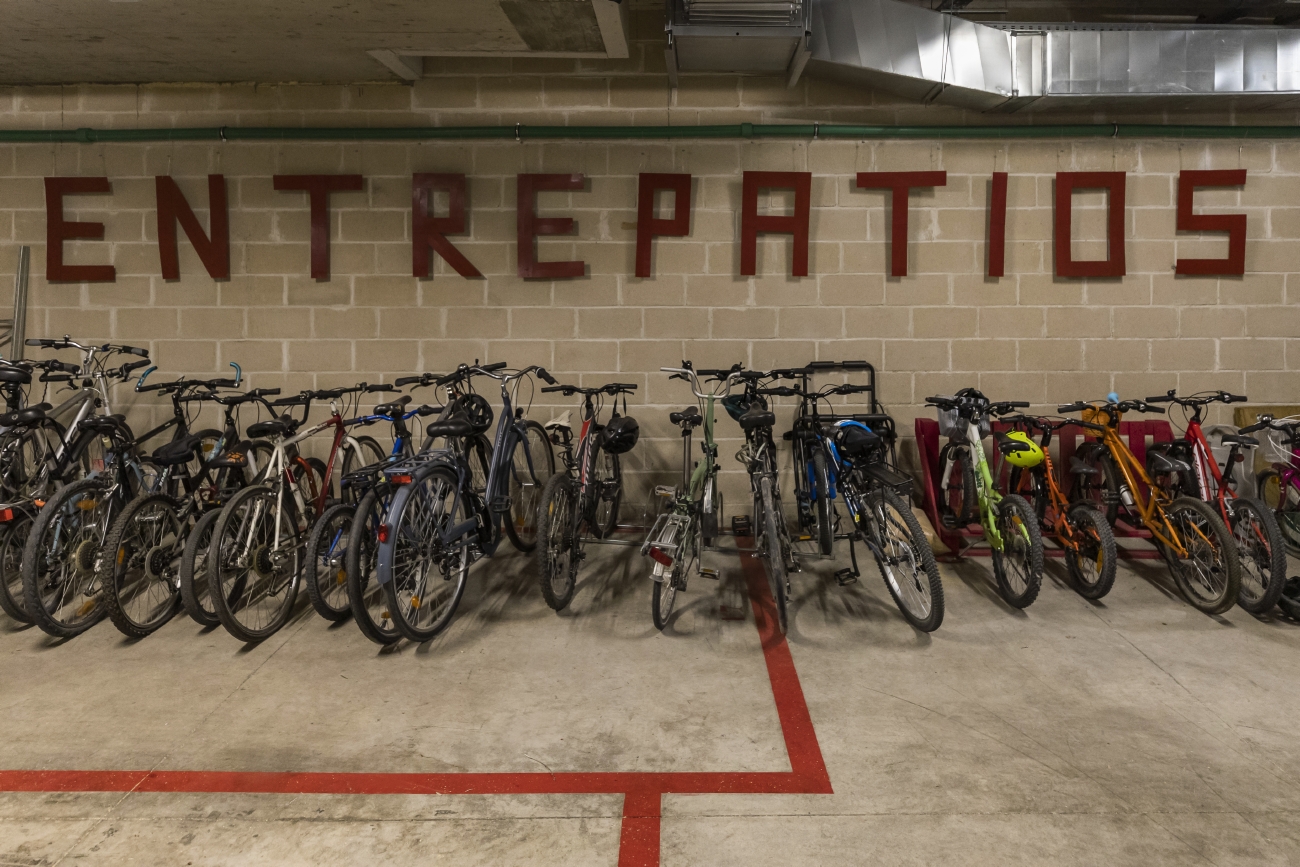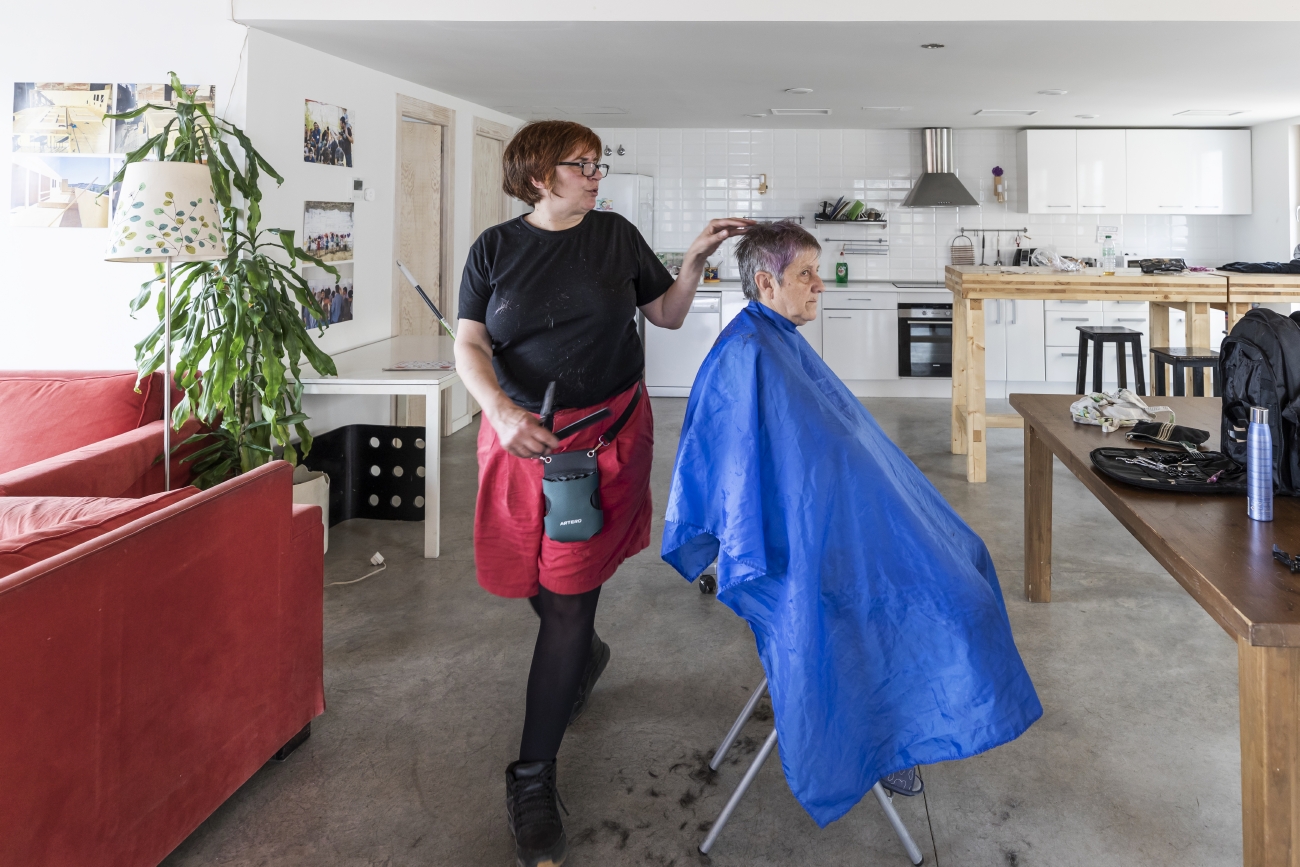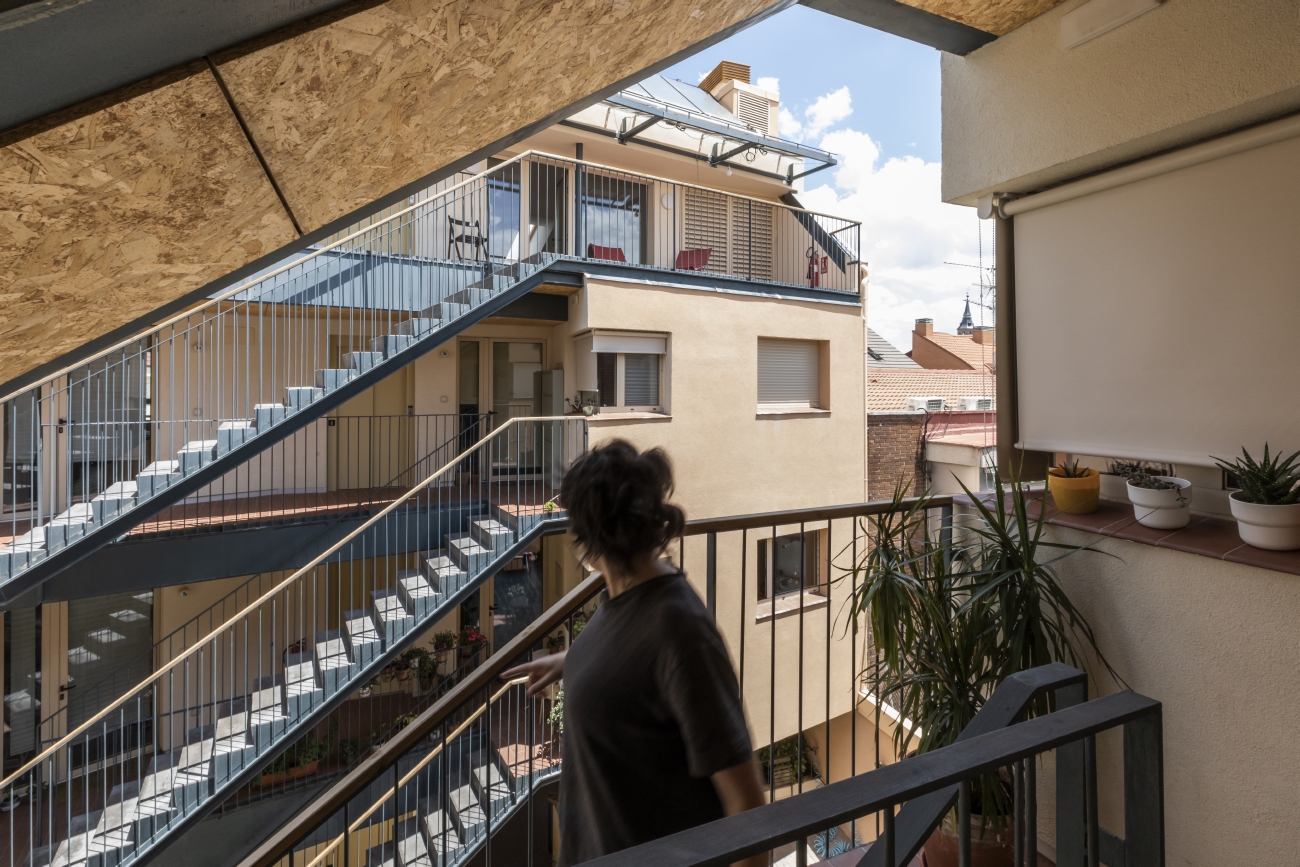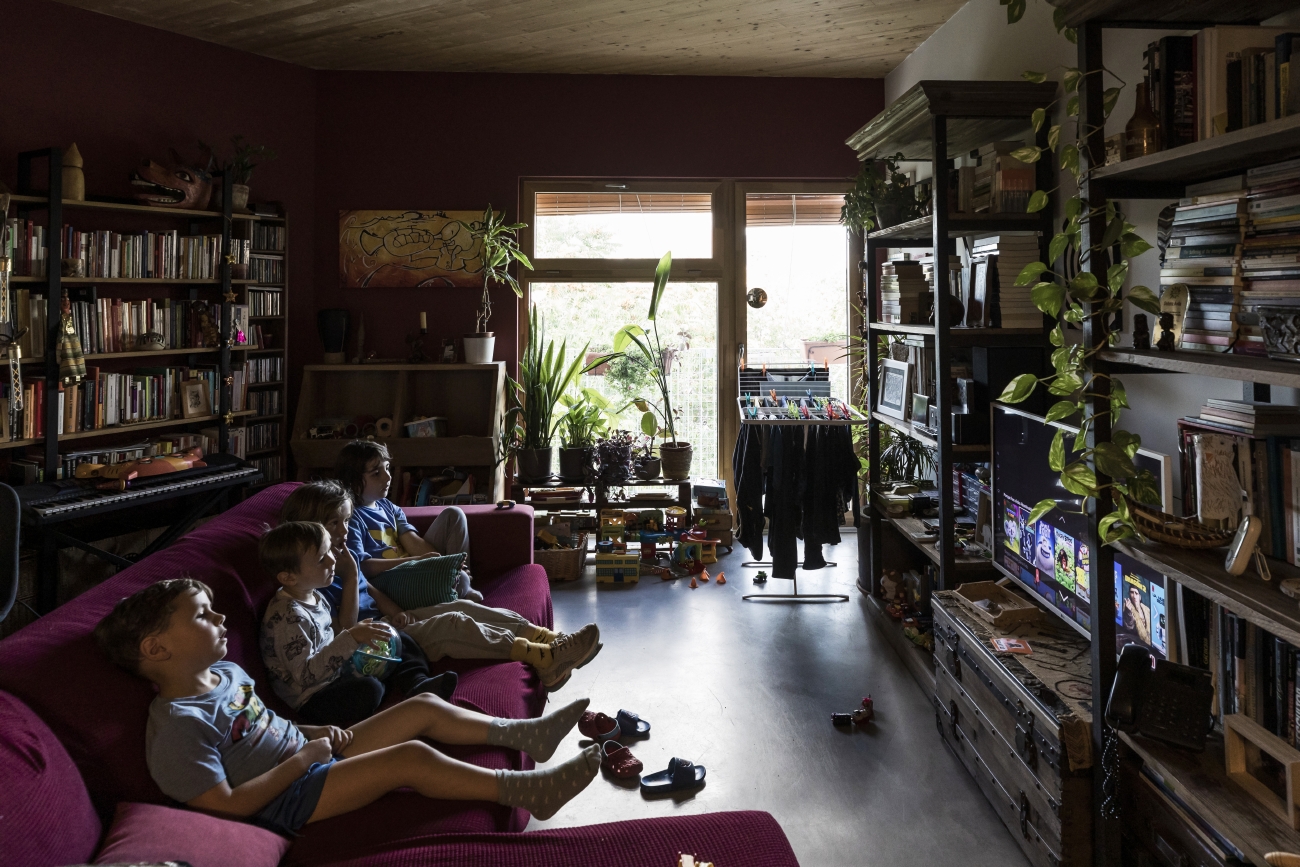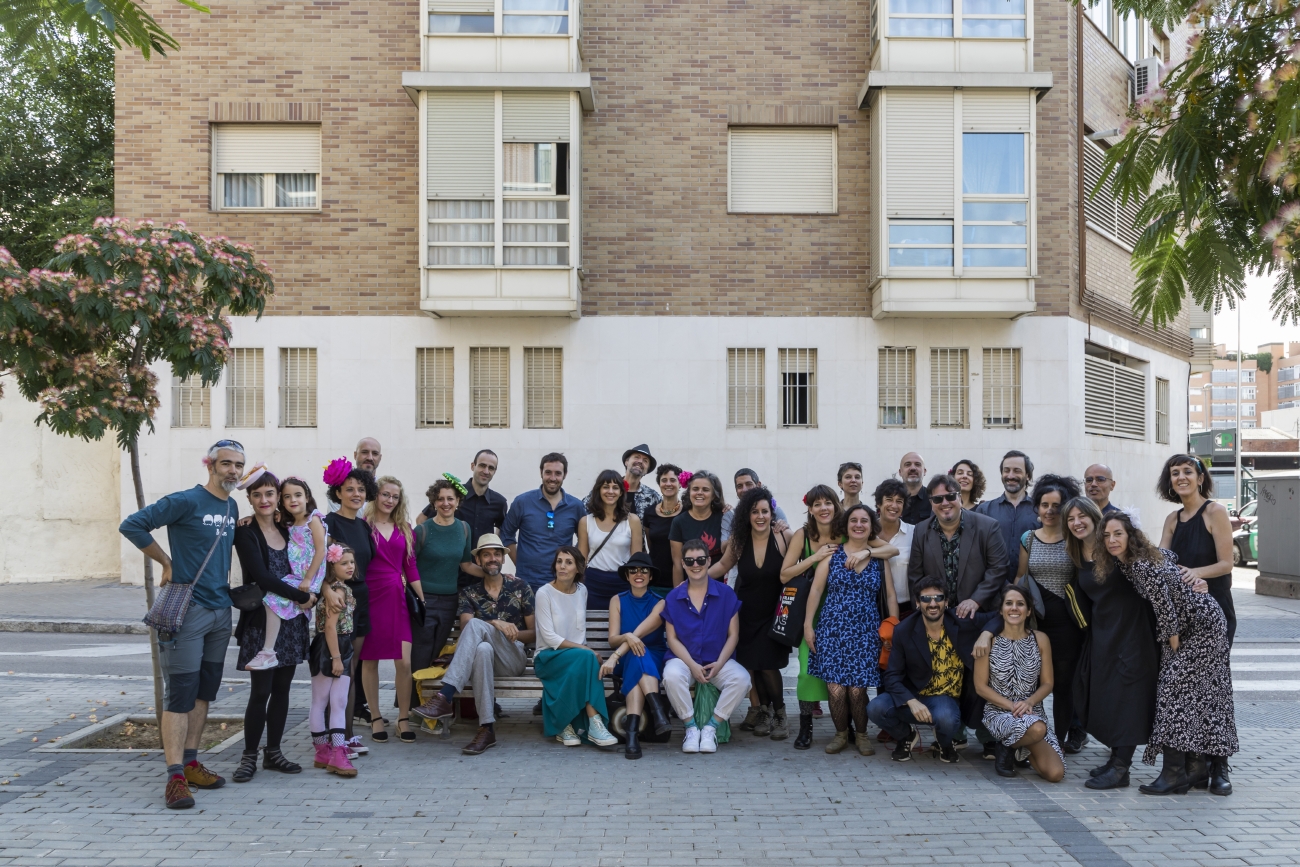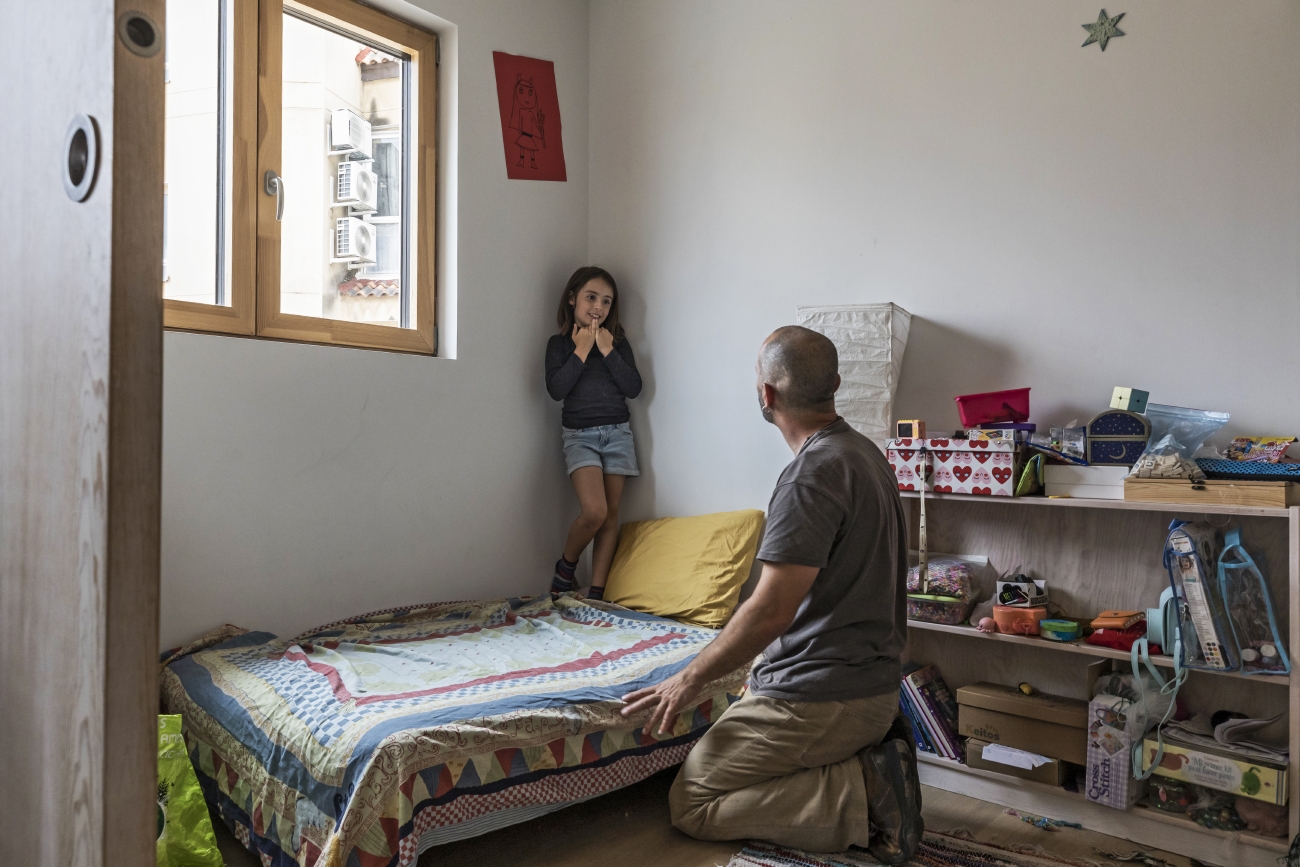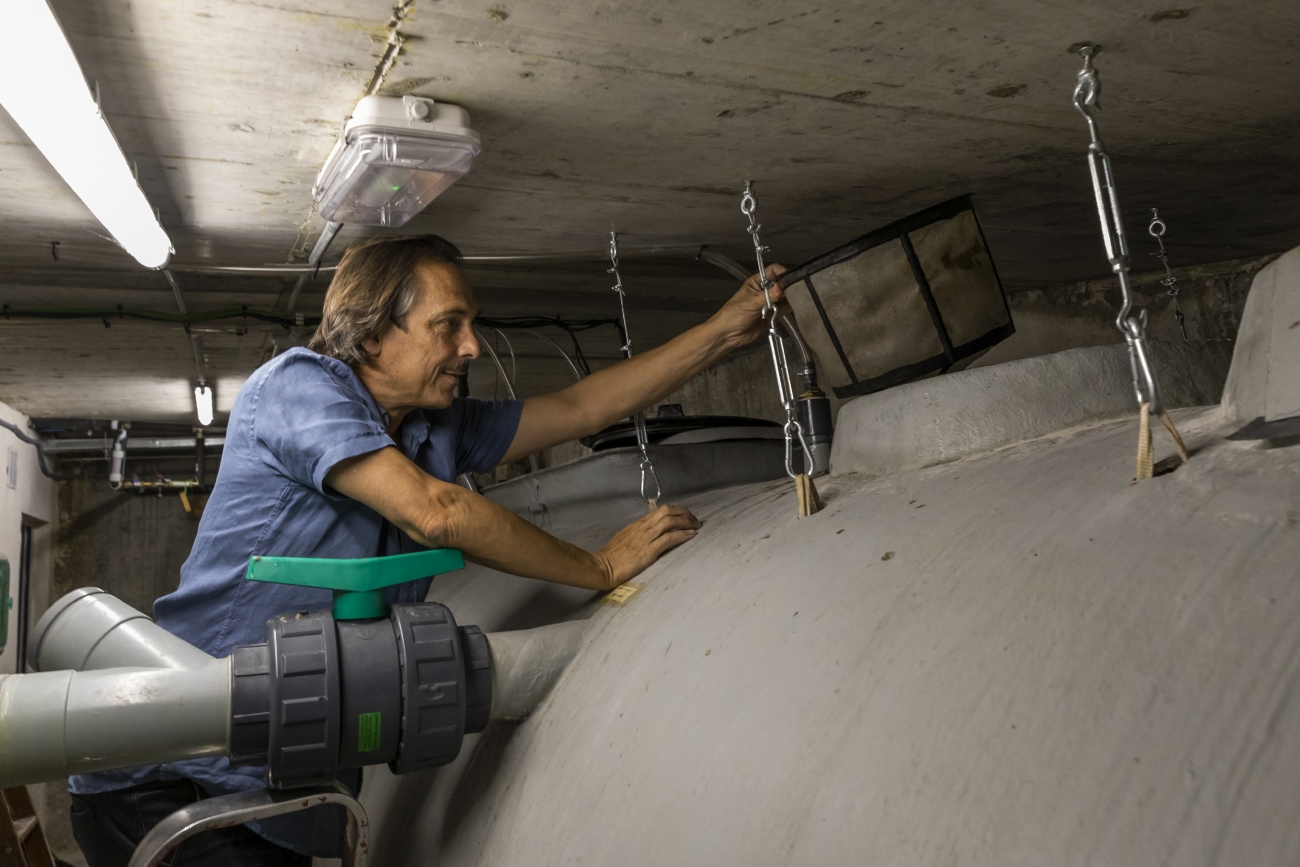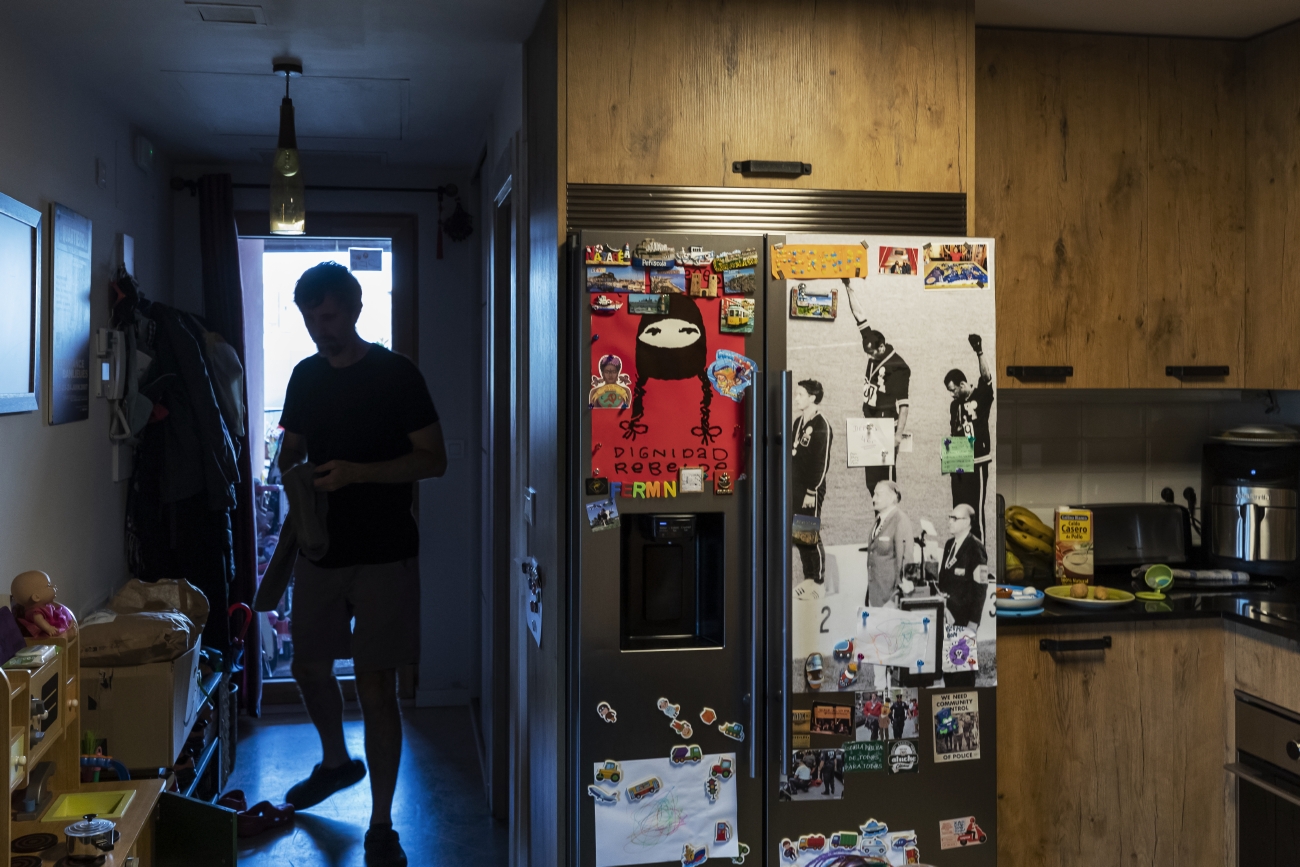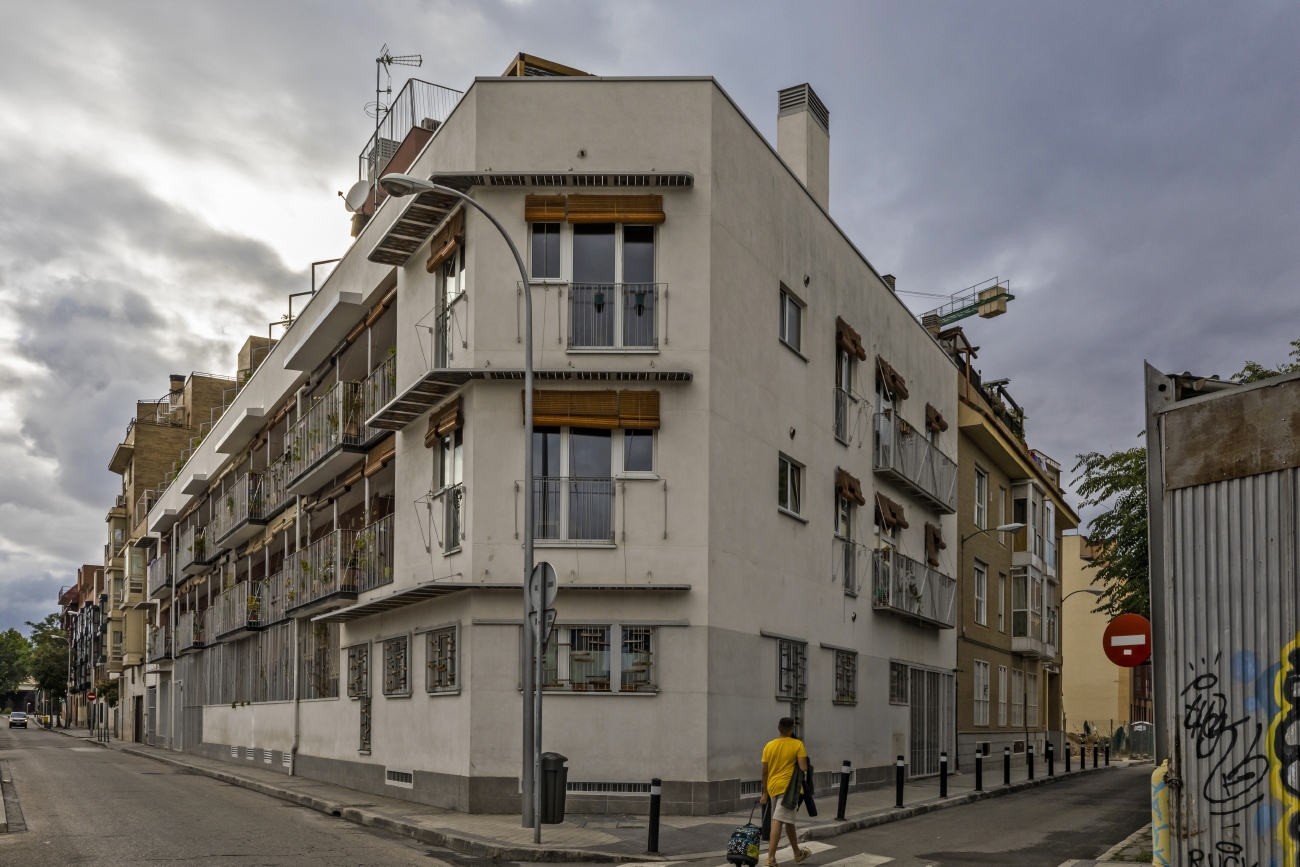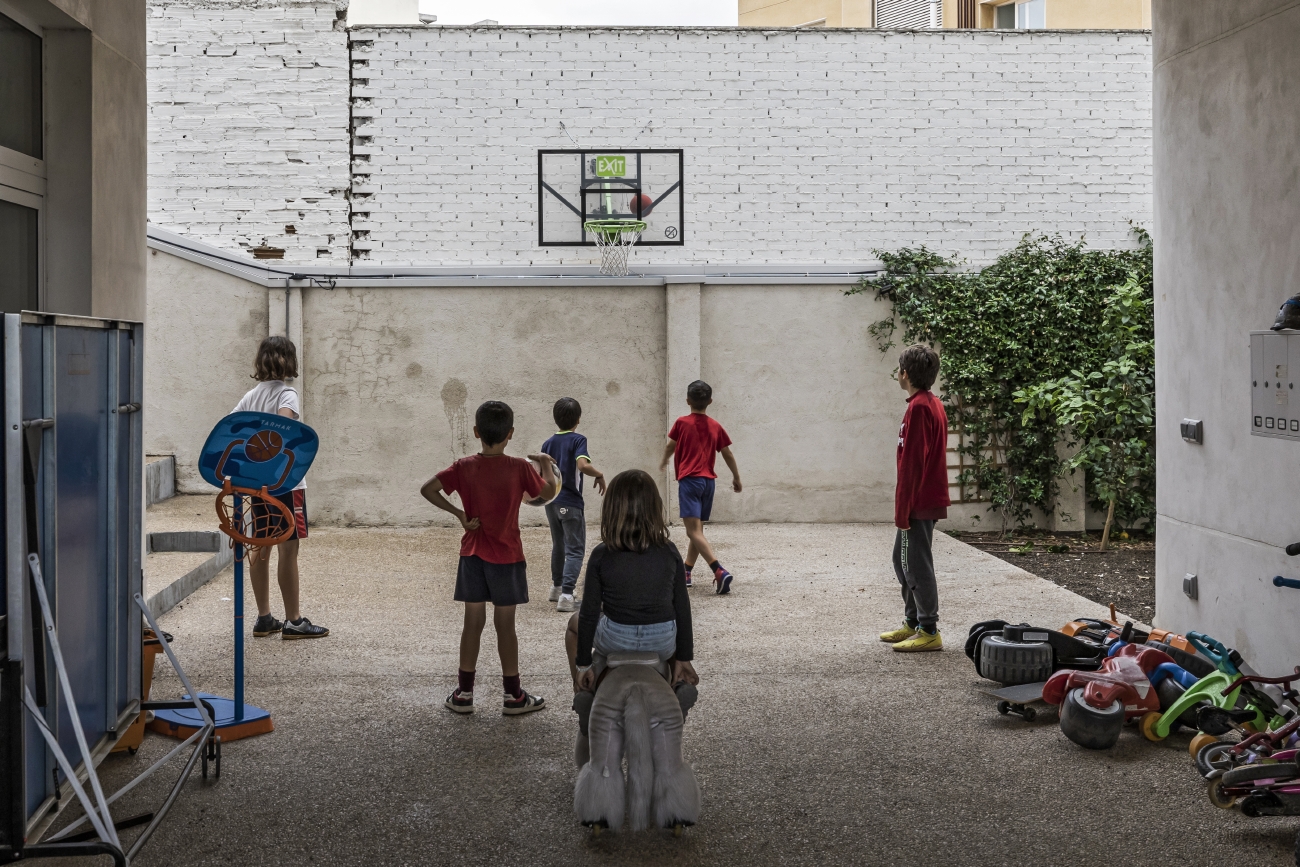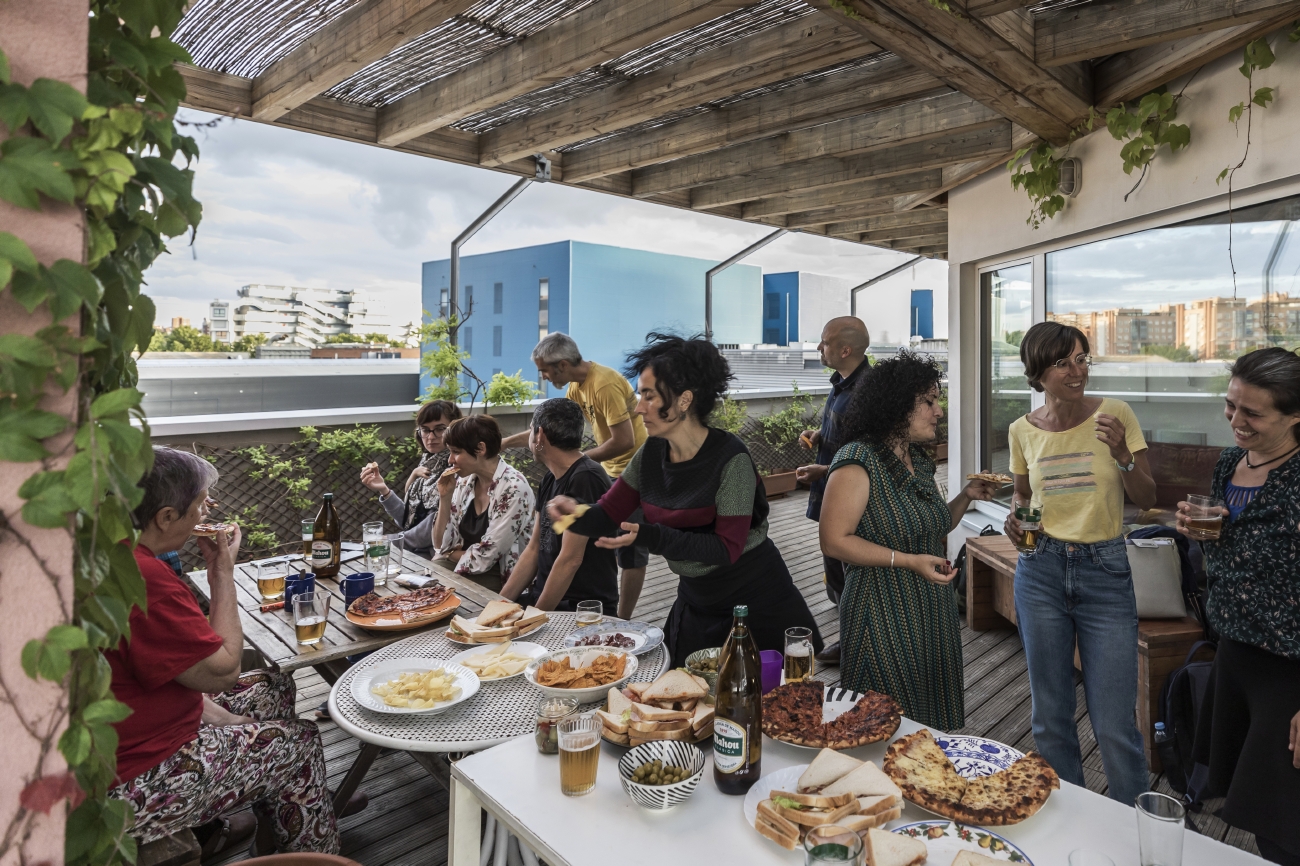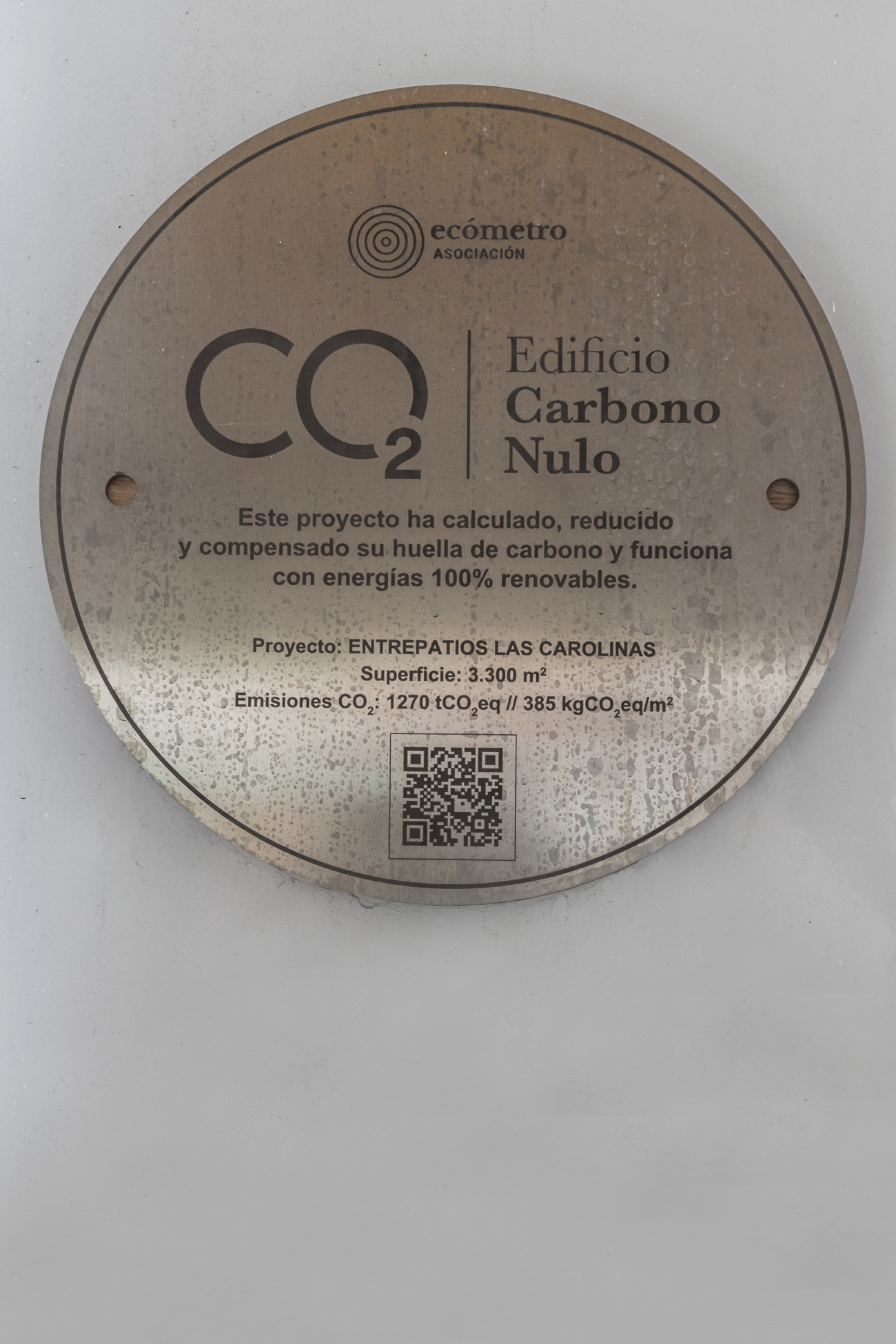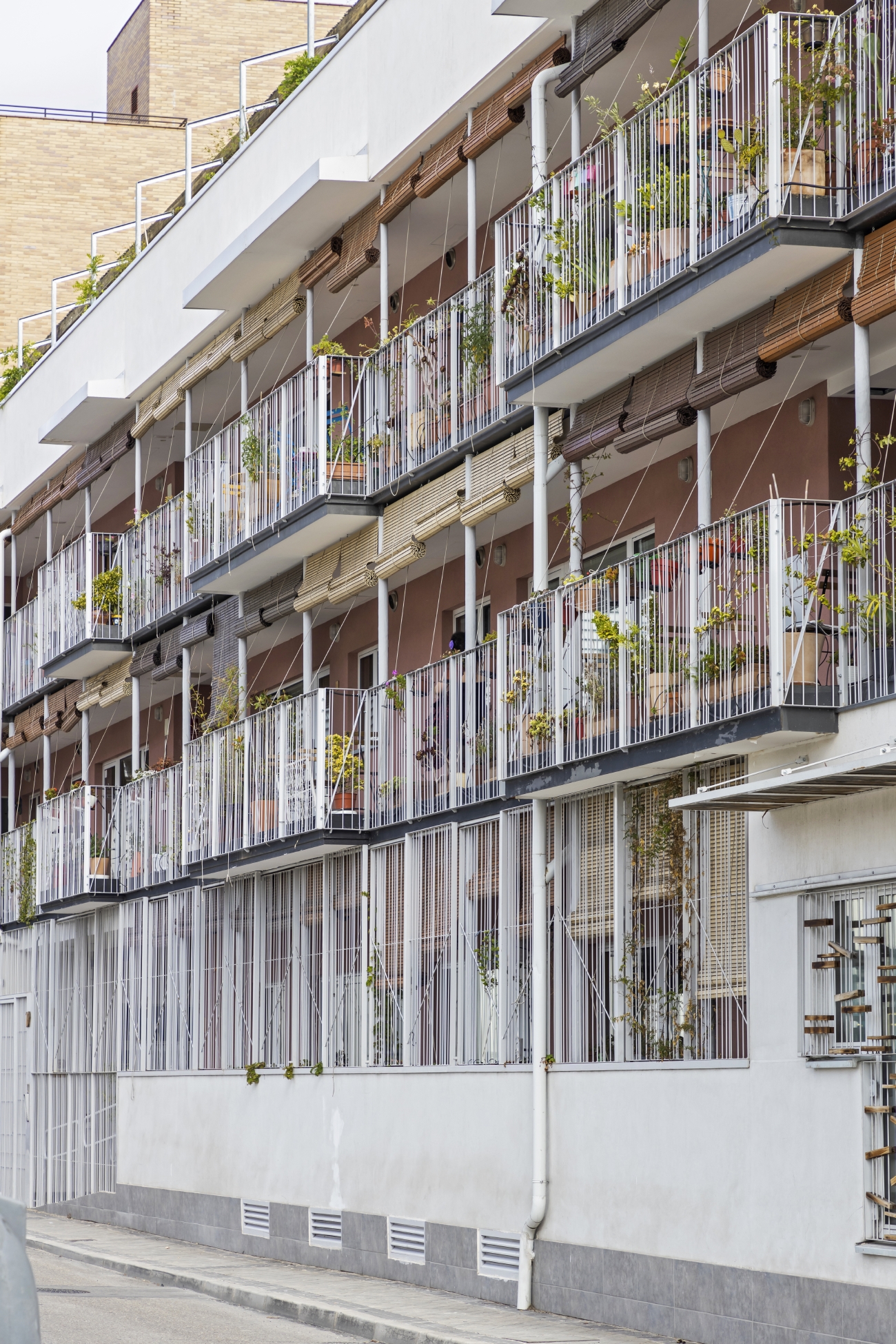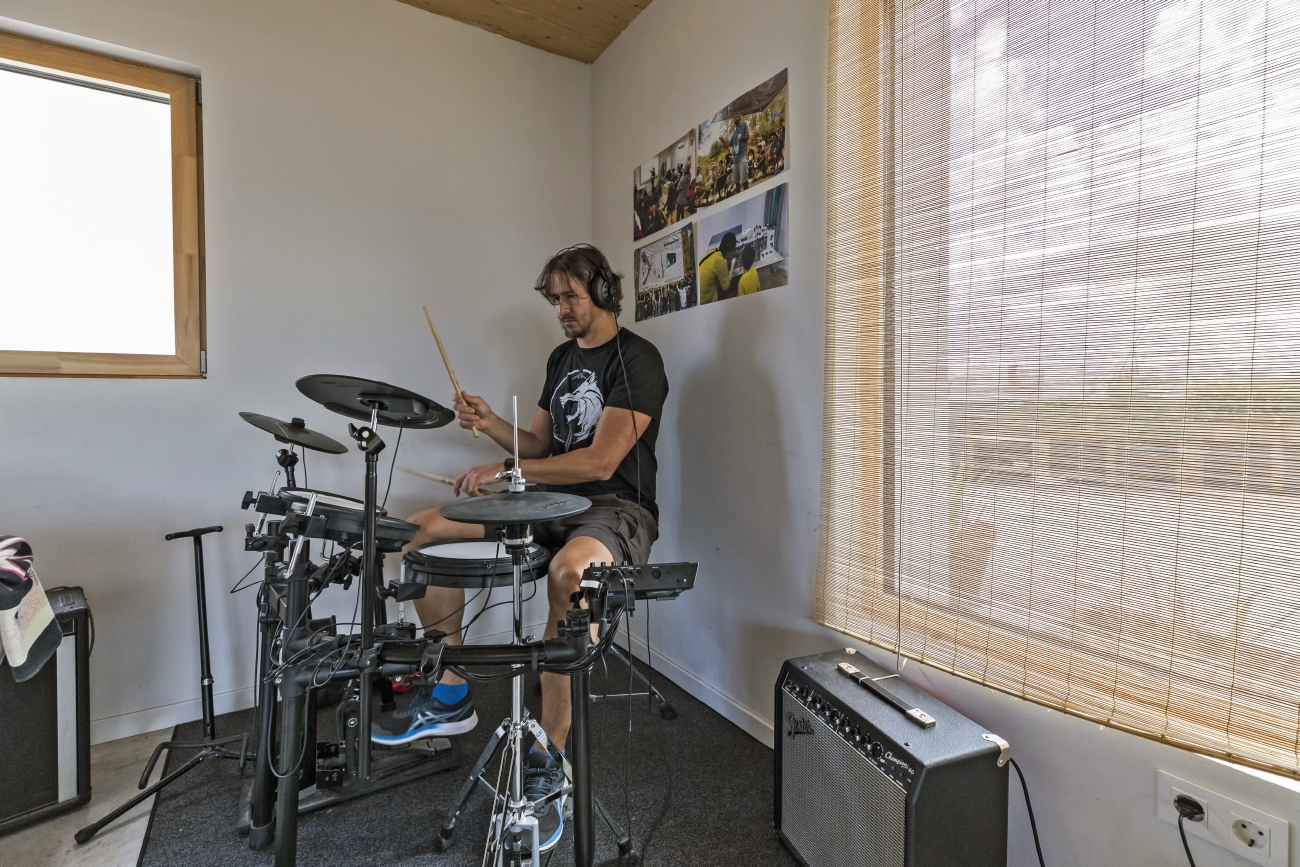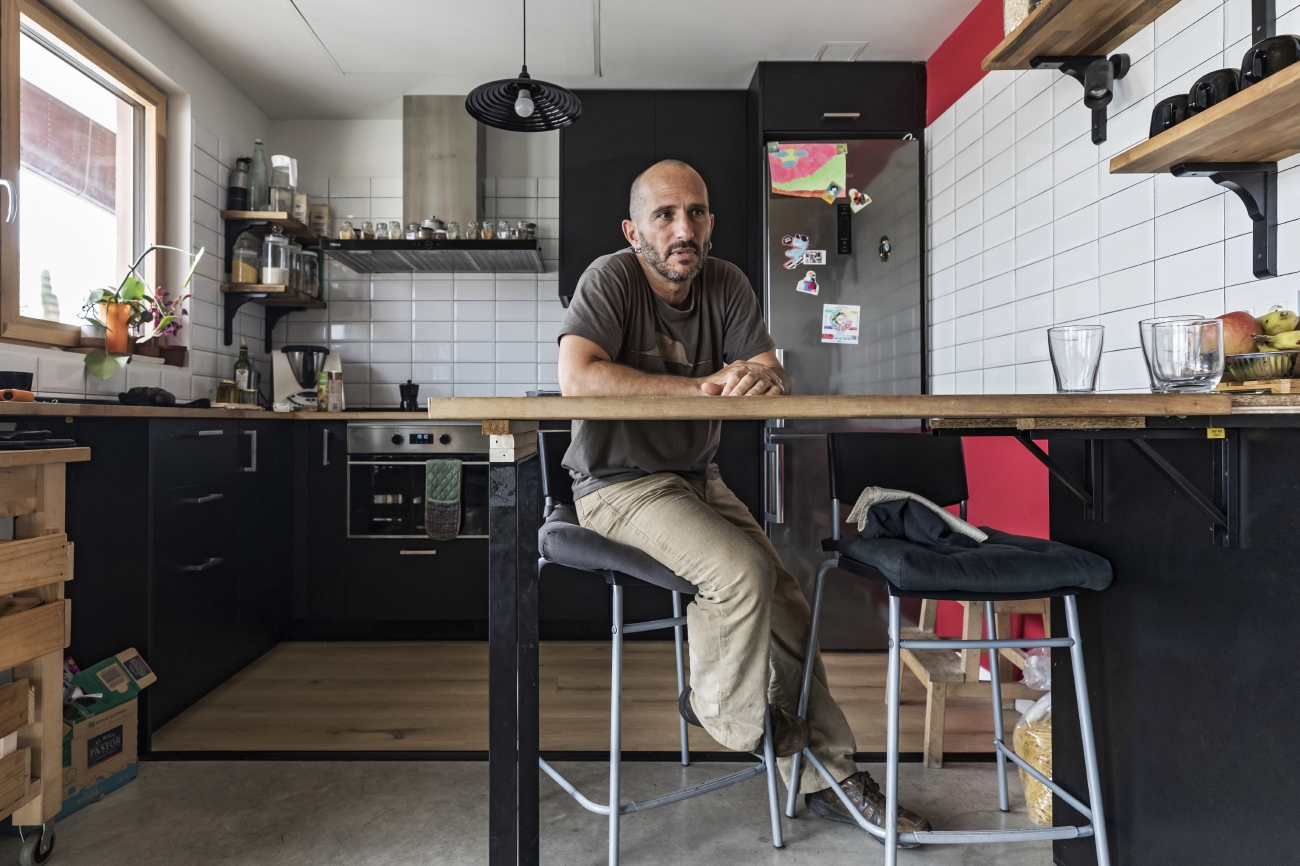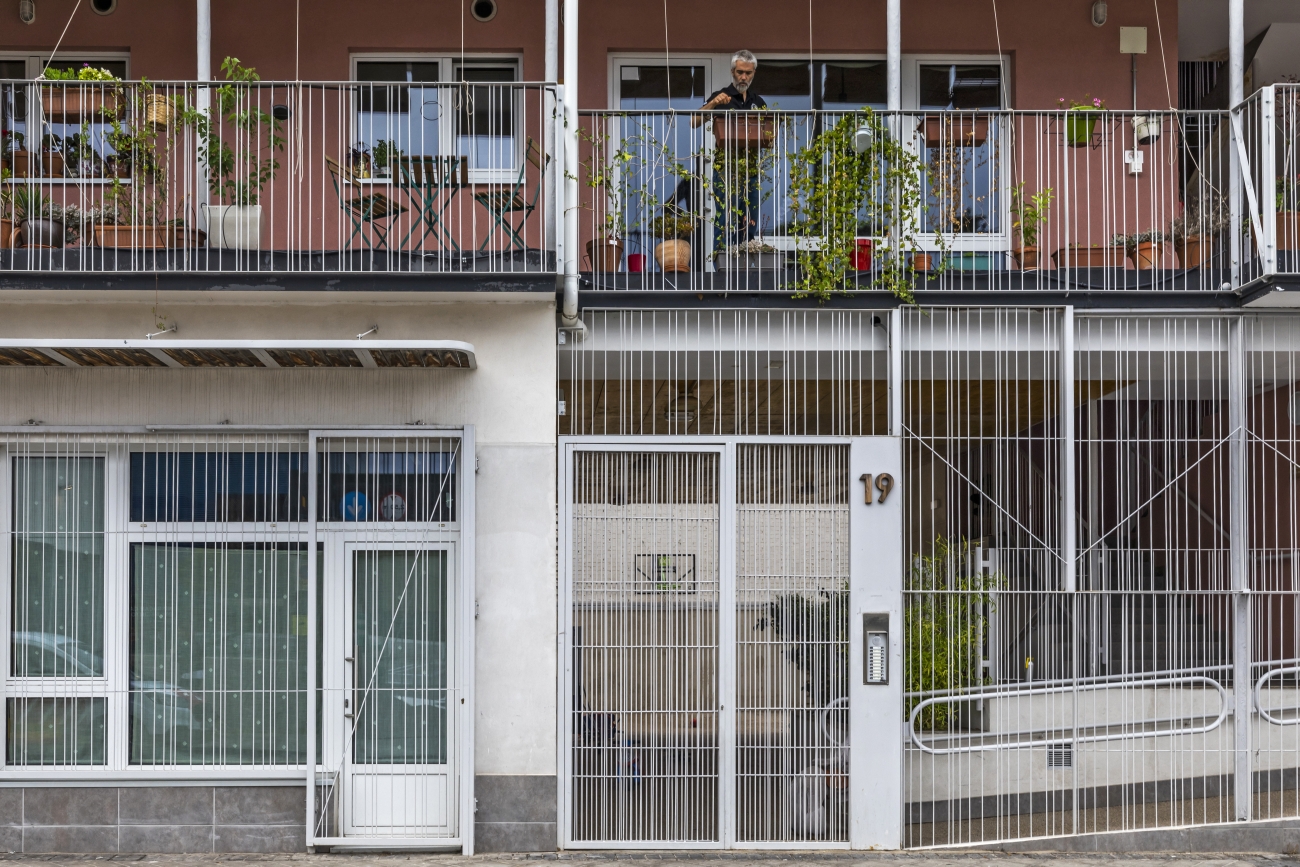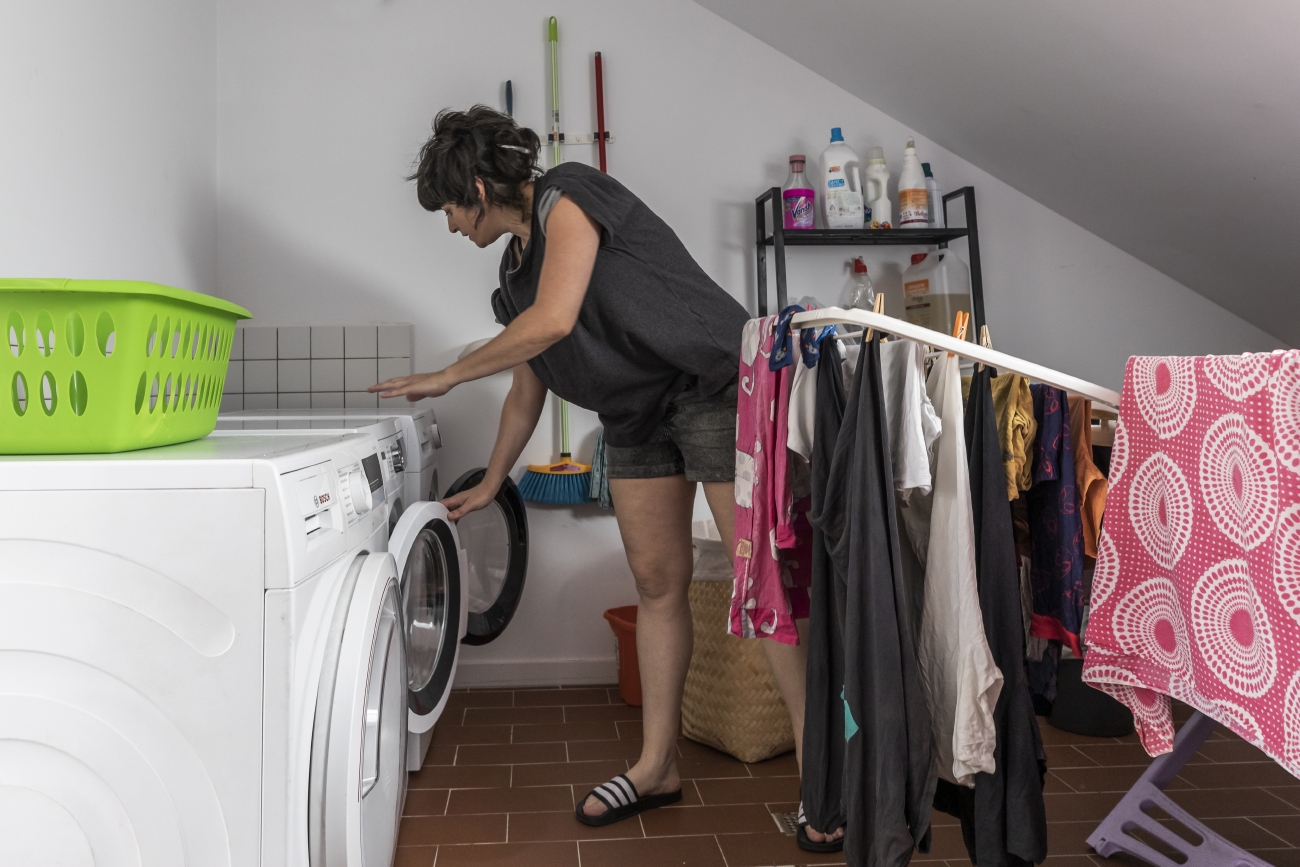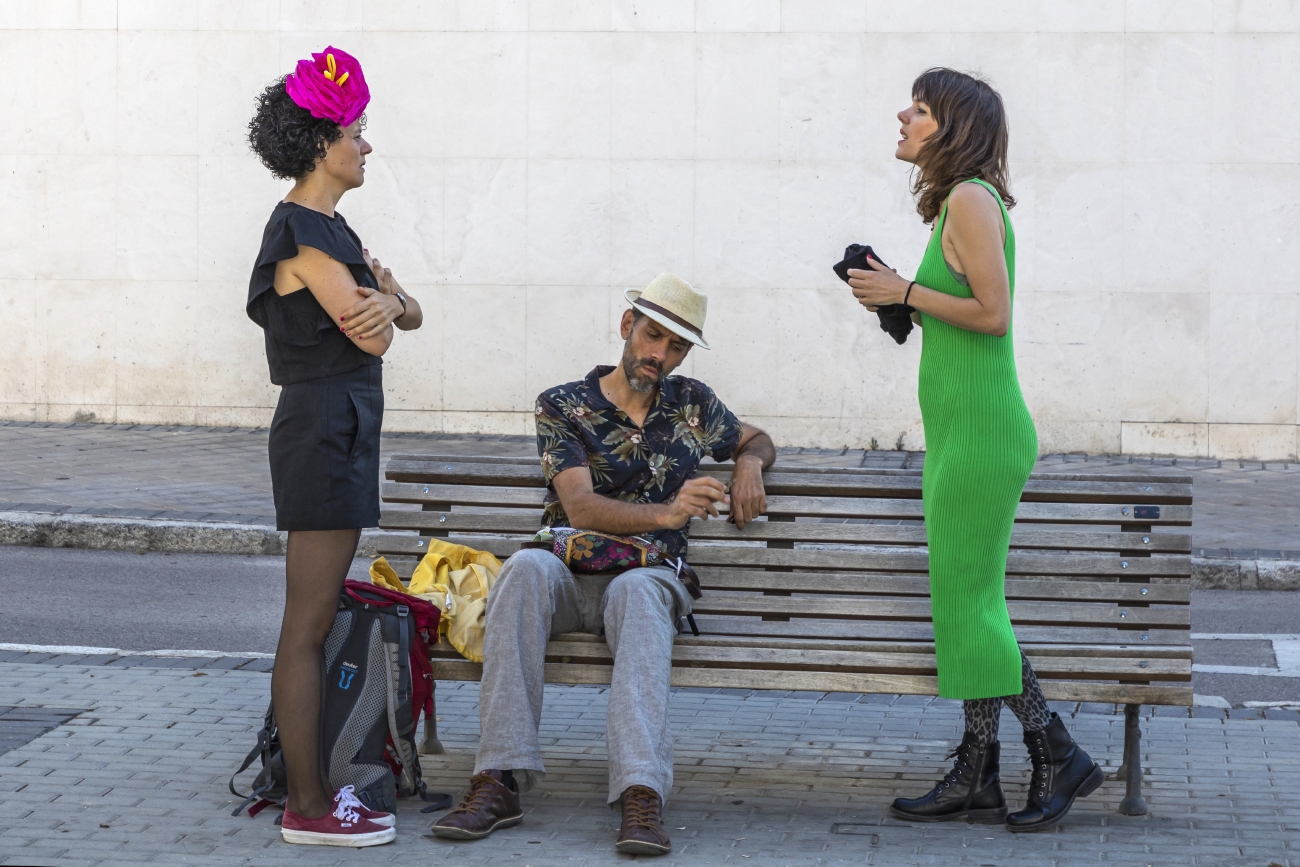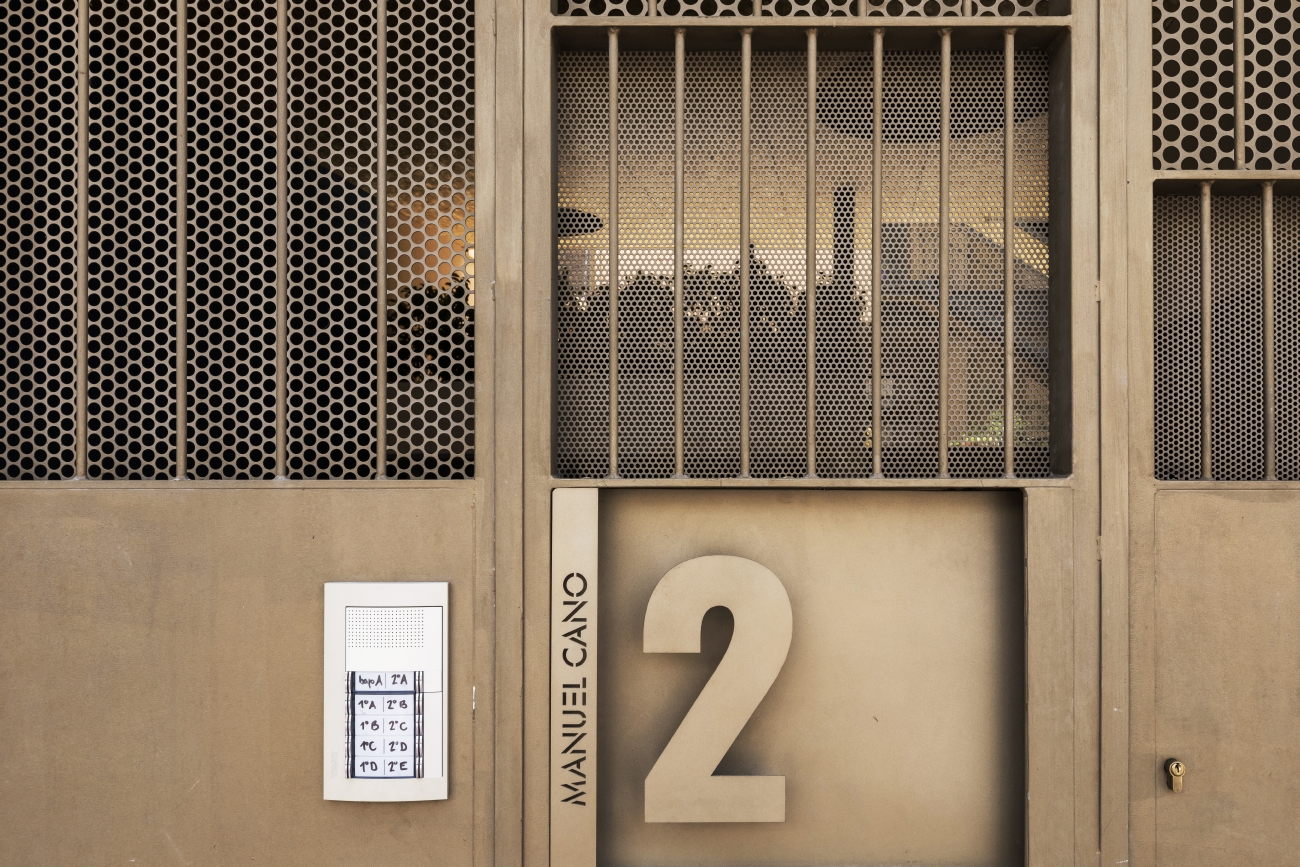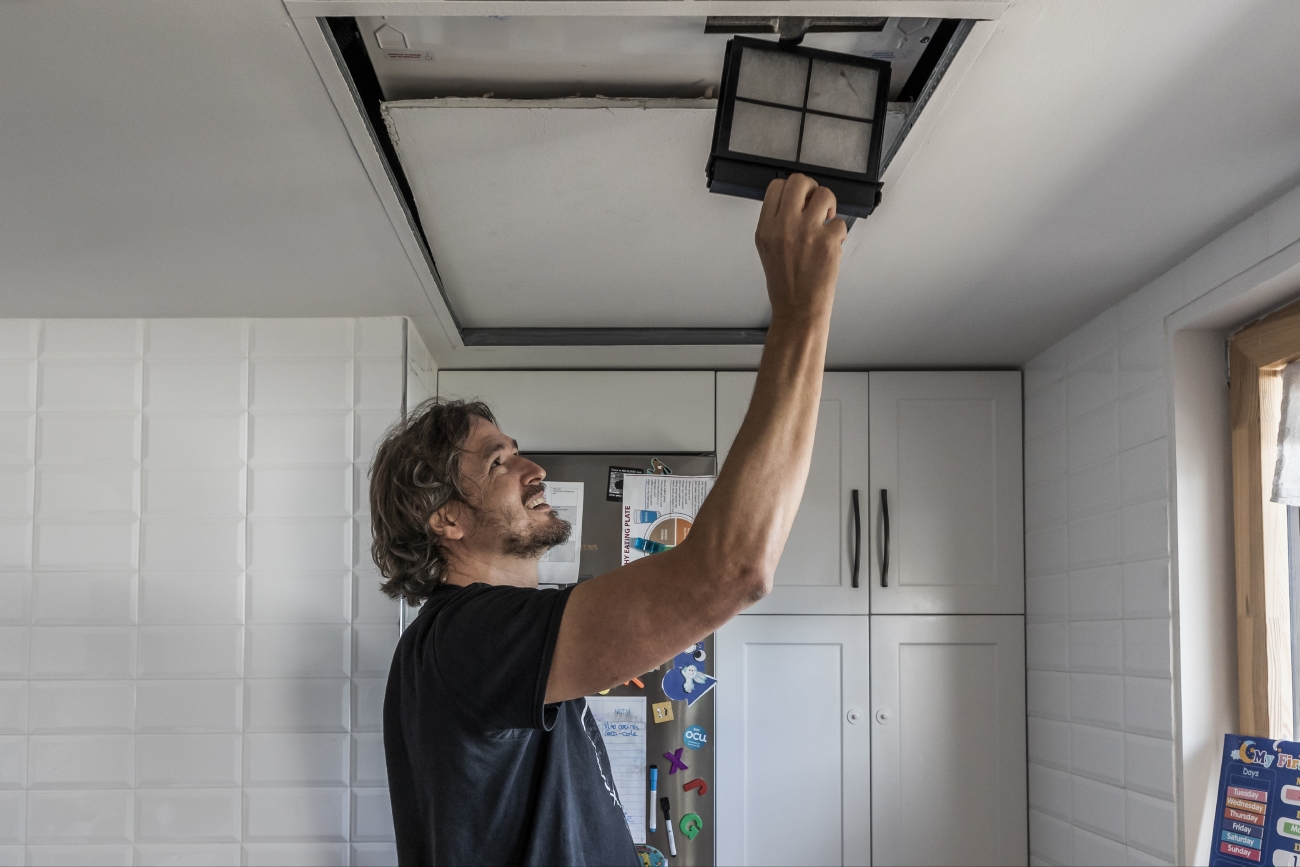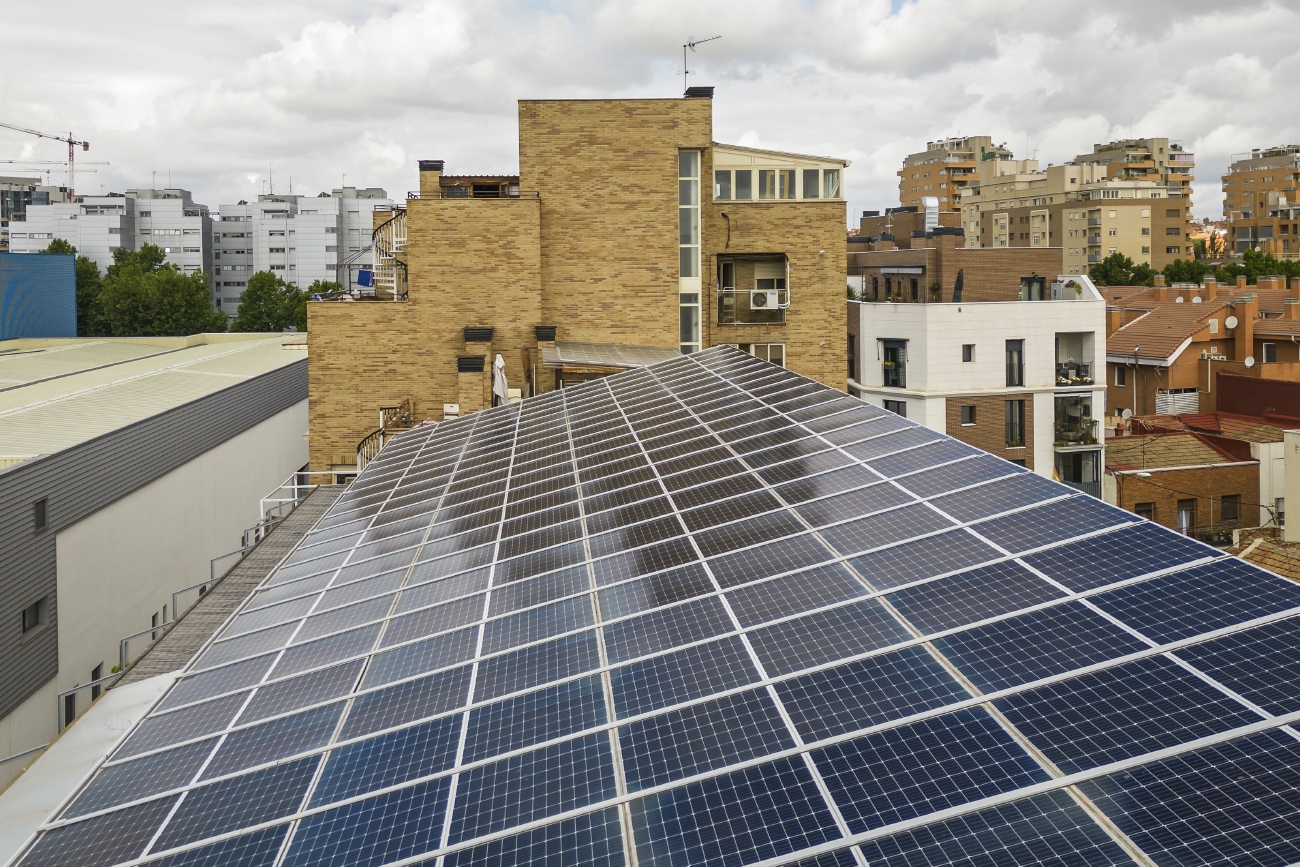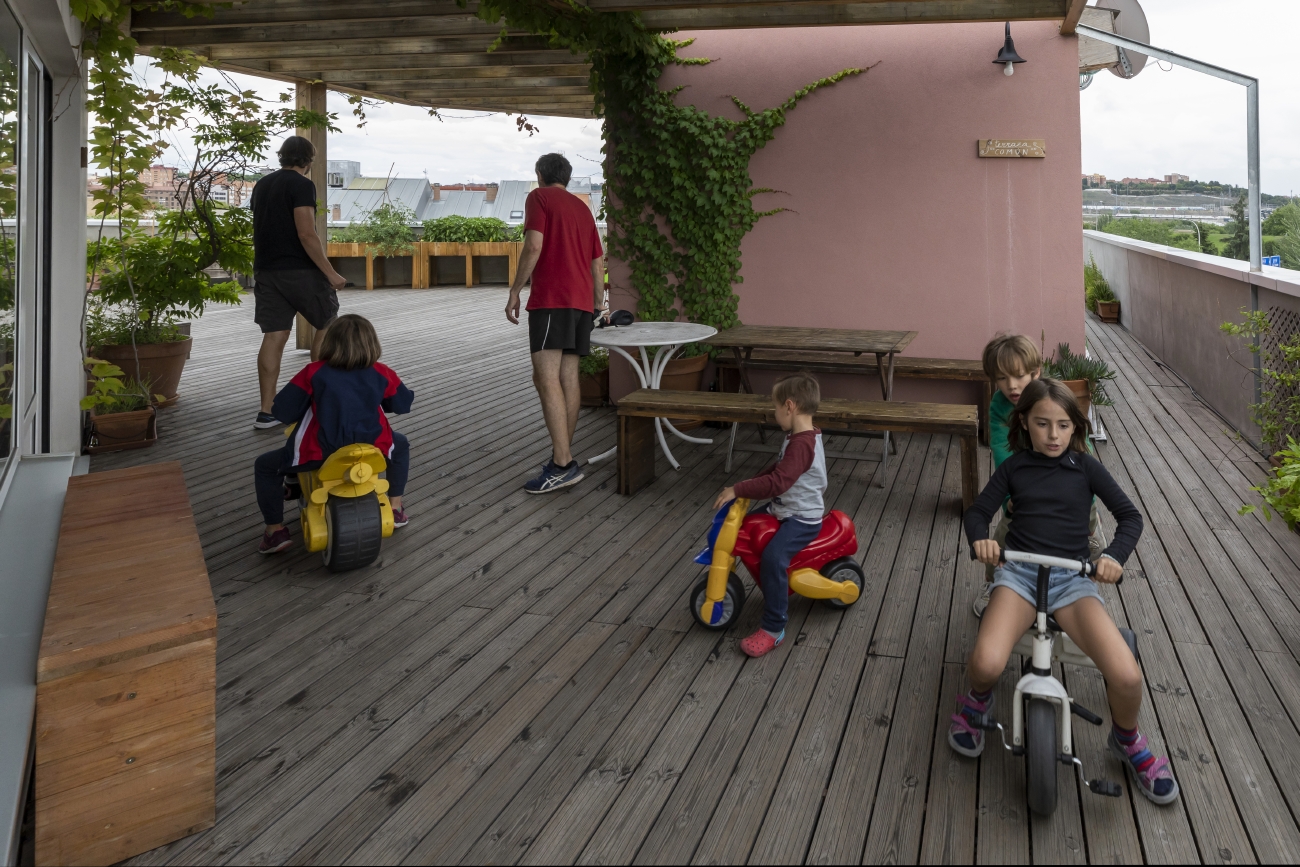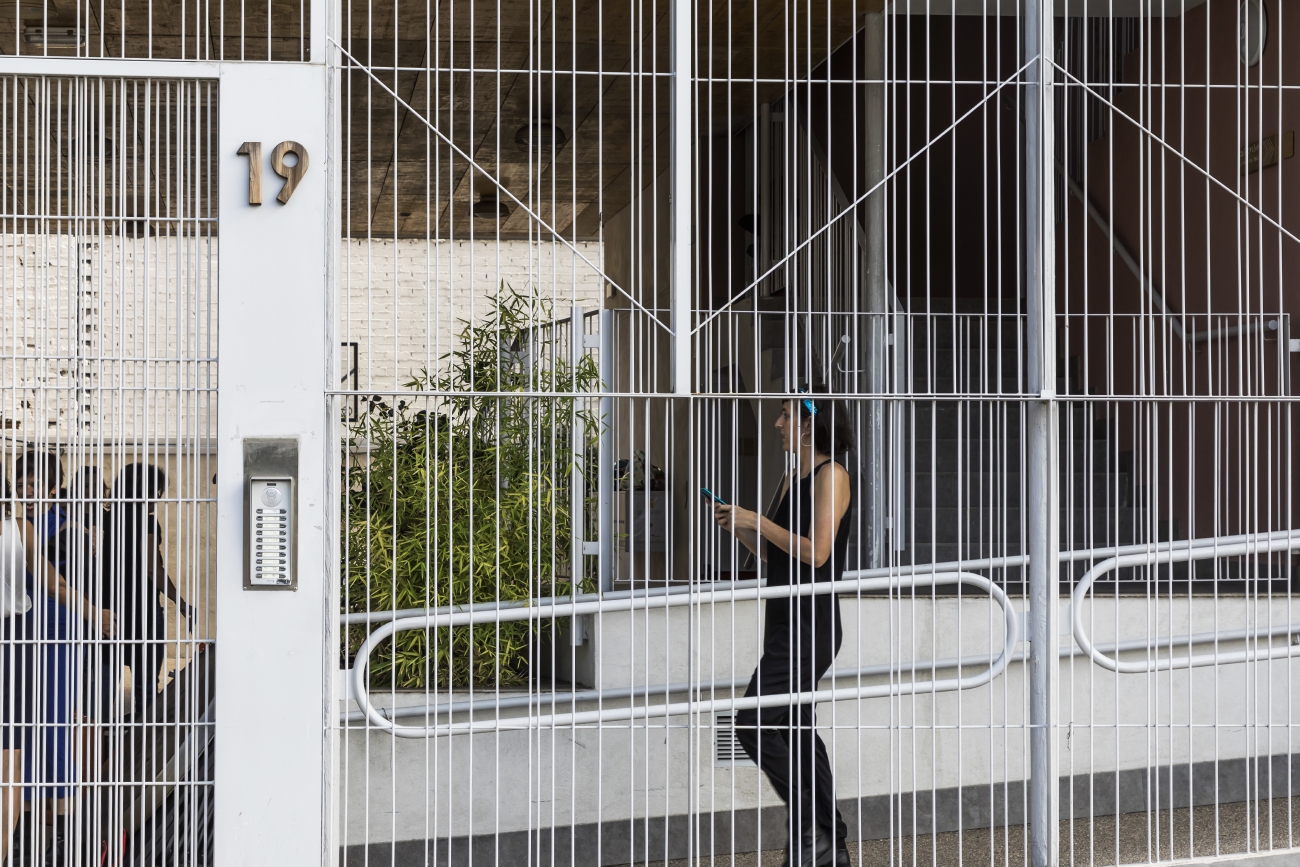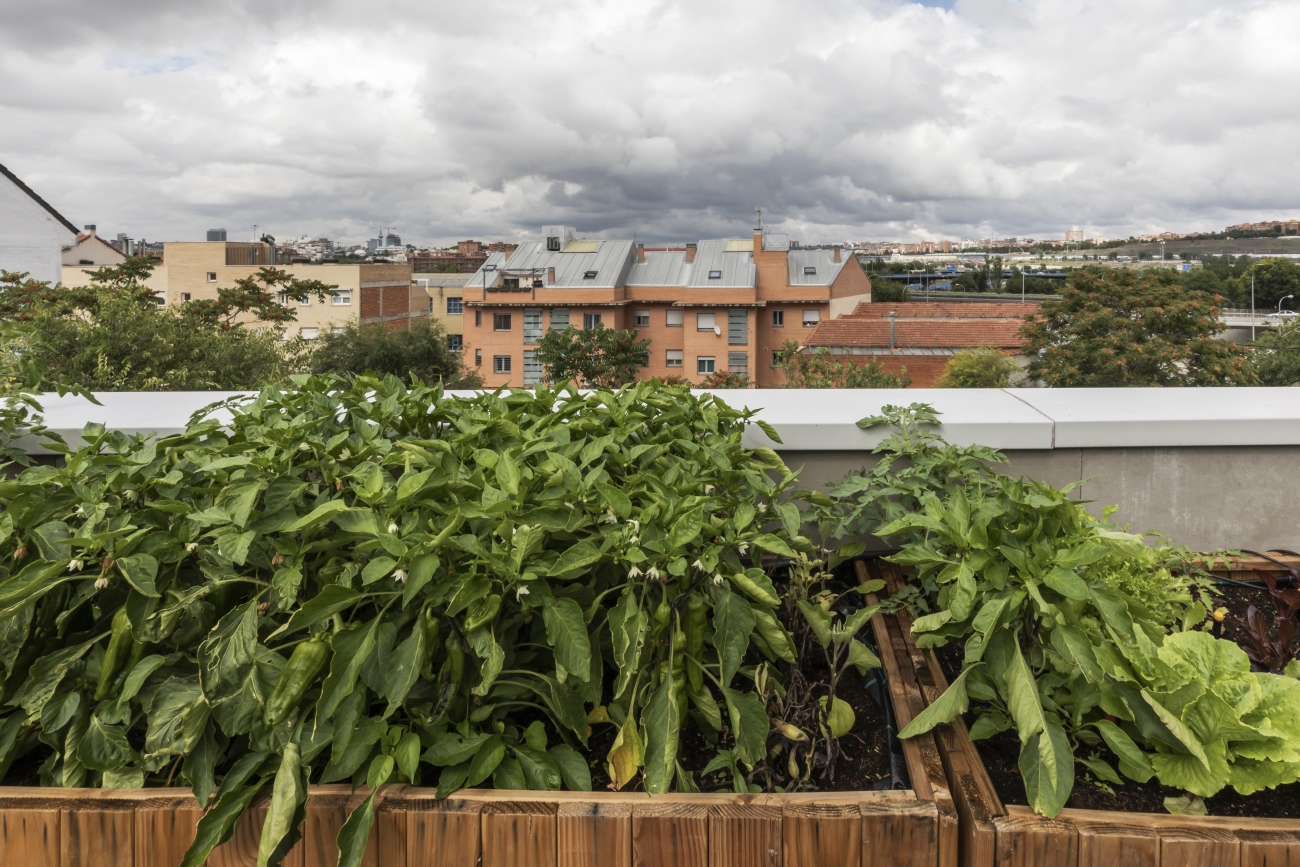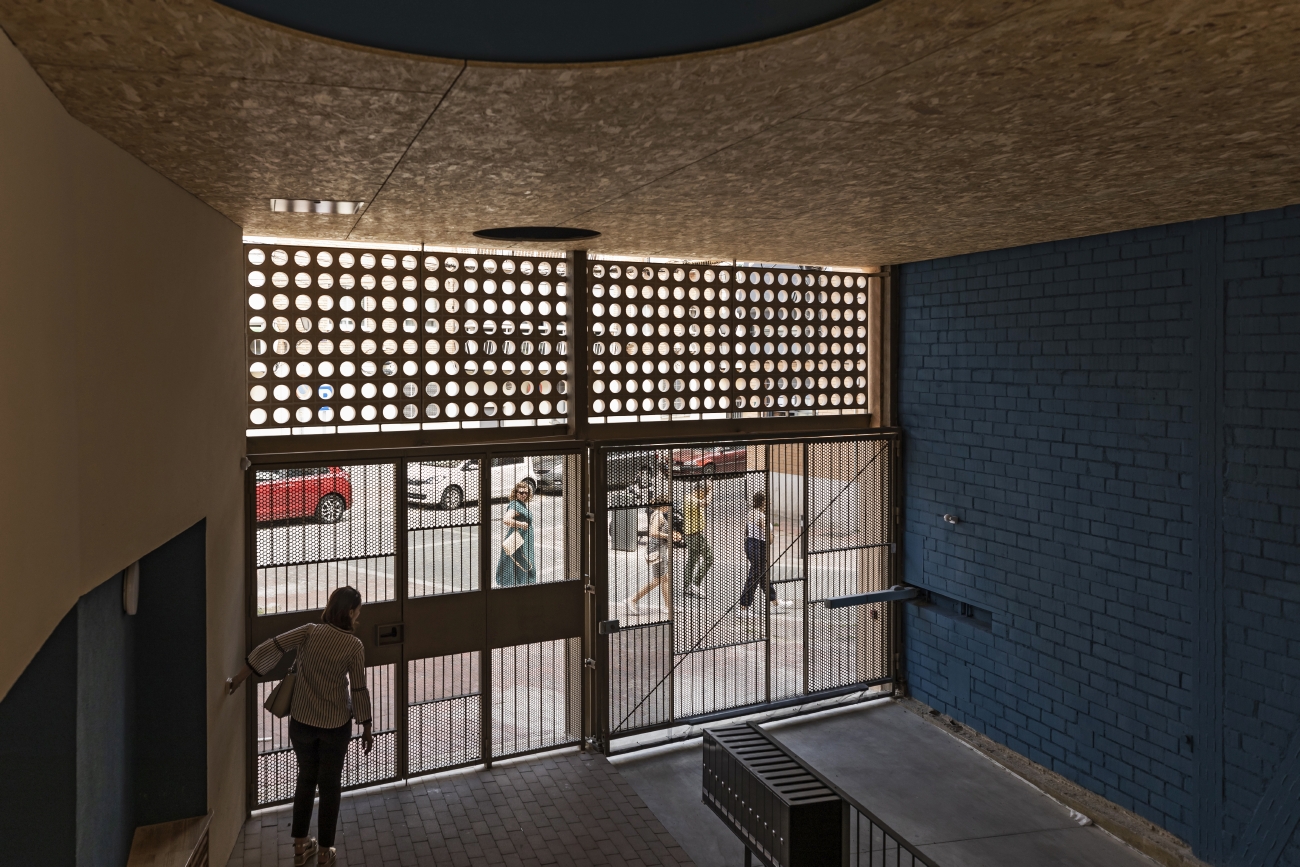Ecological architecture for collaborative housing
Las Carolinas Entrepatios project: Madrid’s first non- speculative model of collective ownership
Photo by Bruno Zanzottera
It has taken almost two decades of dreams, ideals, plans, but also a lot of bureaucracy and determination, to finally create what has become Madrid’s first non- speculative model of collective ownership. It’s an energy-efficient building with 100% renewable sources, zero carbon emissions, not to mention great ecological, social and community significance. This is the Las Carolinas Entrepatios project, in the Usera barrio, or district, in Madrid’s southern suburbs. It’s an experience in cohousing and sustainable architecture which has also received recognition with the Low Carbon Prize, as part of the 2020-2021 Green Solutions Awards, and the 2019 European Collaborative Housing Awards.
The initiative involves 17 family units in the Entrepatios cooperative, which owns the building. Nearly all of them shared the entire process of conception, identification and purchase of the land, implementation of the project, up to the cohousing which began in November 2020.
Now, some three years later, the inhabitants can fully savor the value of this ecological and supportive “cohabitation,” which makes living more welcoming, affordable and inclusive. Today, in its own small way, this project is becoming “contagious” and is a model for others like the one in the district of Vallecas where ten families that are also linked to the Entrepatios cooperative began living together in July 2022.
This work is part of a project on the eco-efficiency of housing carried out in collaboration with the European Climate Foundation.
(2023)
